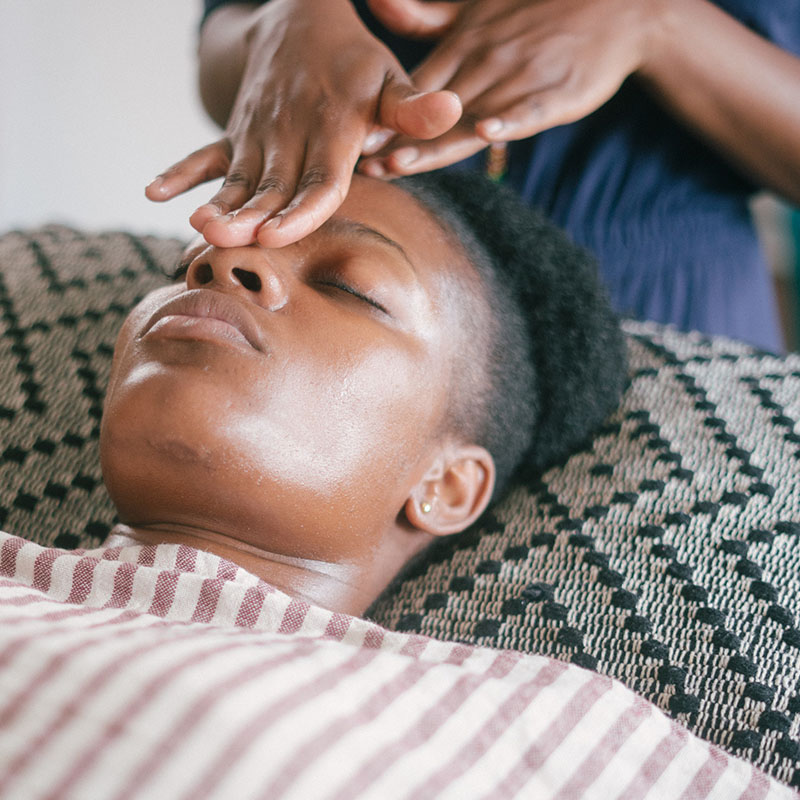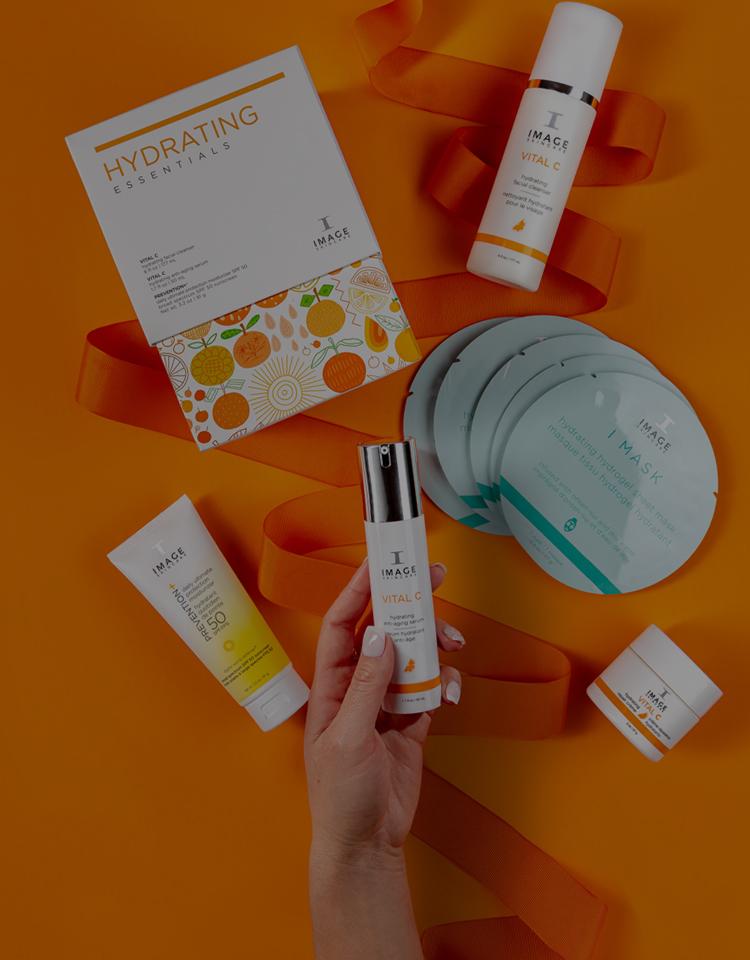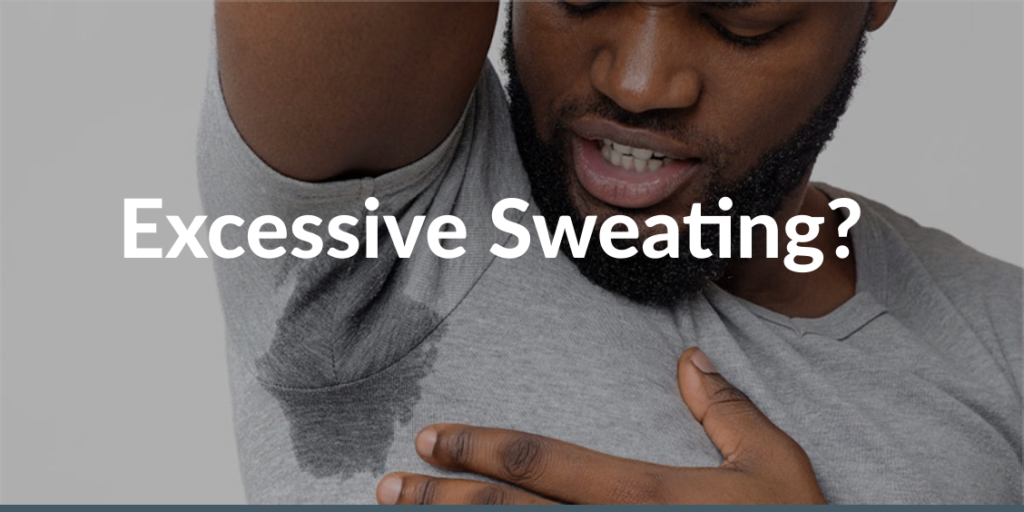Everybody sweats.
It is an important part of the body’s cooling system and it keeps the body system from overheating. A number of factors cause sweating: hot weather, exercise, spicy foods, irregular room temperature, or even anxiety. Sweat can also be caused by a fever or stressful situations.
Normally, sweating serves its purpose quickly by cooling down the body and bringing it to a normal state. However, when one experiences continued and excessive sweating, especially in the palms, the feet, scalp, underarms, or face even in cool weather, the person could have a medical condition known as Hyperhidrosis.
This kind of sweating can be emotionally and physically disruptive to your daily life.
Hyperhidrosis is a condition characterized by excessive, uncontrollable sweating. This type of sweating can affect one specific area or the entire body. The excessive sweating associated with hyperhidrosis is normally most active in the hands, feet, armpits, and groin because of their relatively high concentration of sweat glands.
Although not life-threatening, for some, hyperhidrosis symptoms are so severe that it becomes embarrassing, causing discomfort or anxiety. Career choices, free time activities, personal relationships, self-image, and emotional well-being may be affected causing psychological trauma.
Signs and symptoms of hyperhidrosis may include:
- Clammy or wet palms of the hands
- Clammy or wet soles of the feet
- Frequent sweating
- Noticeable sweating that soaks through clothing
People with hyperhidrosis may experience the following:
- Irritating and painful skin problems, such as fungal or bacterial infections
- Concerns about having stained clothing
- Reluctance in making physical contact
- Self-consciousness & social withdrawal, which could lead to depression
- Difficulty selecting jobs/employment where physical contact is required
- Spending a large amount of time daily dealing with sweat, such as changing clothes, wiping, placing napkins or pads under the arms, washing, wearing bulky, or dark clothes
- Concerns about body odour.
There are two main types of excessive sweating:
- Primary hyperhidrosis: has no distinct medical cause. Primary hyperhidrosis may be present from birth or might develop later in life. However, most cases of excessive sweating tend to start during a person’s teenage years so there may be a genetic link.
- Secondary hyperhidrosis: caused by a medical condition such as diabetes, an infection, or hormonal changes, or possibly as a result of medication.
Several Causes of secondary hyperhidrosis include:
- Spinal cord injury
- Alcohol abuse
- Anxiety
- Diabetes
- Gout
- Heart Disease
- Hyperthyroidism – an overactive thyroid gland
- Obesity
- Pregnancy
- Parkinson Disease
- Respiratory failure
- Shingles
- Some cancers, such as Hodgkin’s disease
- Some infections – Malaria, TB(Tuberculosis), HIV
- Substance abuse
These cause general body sweating or sweating isolated to one or more areas, such as the:
- The armpits (axillary hyperhidrosis)
- The face
- The groin area
- The palms
- The soles
- The area under the breasts
These happen because overactive nerves get the sweat glands working even when they do not need cooling.
Treatment
The biggest challenge in treating hyperhidrosis is the significant number of people who do not seek medical advice, either due to embarrassment or because they do not know that effective treatment exists. Fortunately, there are several options that can treat symptoms
Recommended treatments for Hyperhidrosis include:
- Prescription antiperspirant
- Prescription creams that contain glycopyrrolate
- Nerve-blocking medications: some oral medications block the chemicals that permit certain nerves to communicate with each other in the body
- Antidepressants
- Botulinum toxin injections are also known as Botox.
Botox treatment is usually considered a last option for those who have experienced hyperhidrosis and have tried treating it with other options. A very common treatment option for hyperhidrosis is the application of antiperspirants. These after a while have been considered ineffective for most patients.
Botox injections are most successful when hyperhidrosis is confined to one area of the body and the procedure is simple to administer. The Botox drug is known to temporarily block the nerves that cause sweating. With the skin anesthetized first, the affected areas are cleaned and injected with a very tiny needle. The body will require several injections according to the recommended dosage. The effects of Botox can last up to 6 – 12 months with minimal bruising, swelling, or tenderness felt immediately after the procedure.
Patients typically begin to experience results in five days, with full results visible after two weeks.
Botox treatment is known to be effective and considerably (depending on the individual) long-lasting. It is also relatively painless and preferred because it is less invasive than surgery.
Your journey to experiencing a more comfortable, confident, and enjoyable life begins with a consultation with one of our medical doctors or aestheticians.
Begin Your Treatment Today By Scheduling A Consultation





